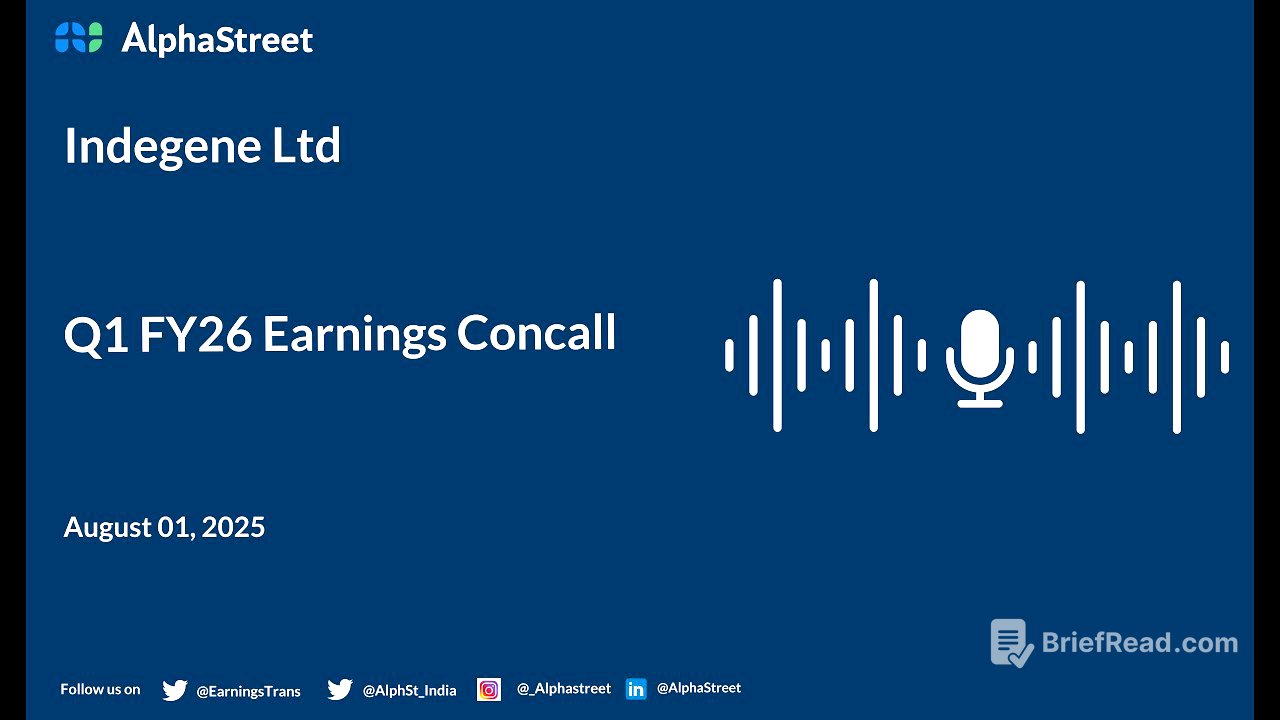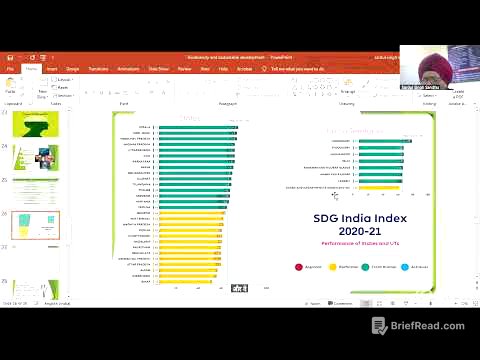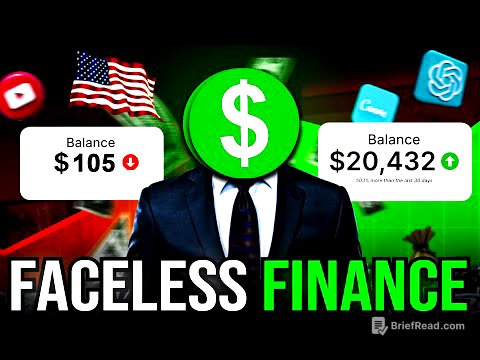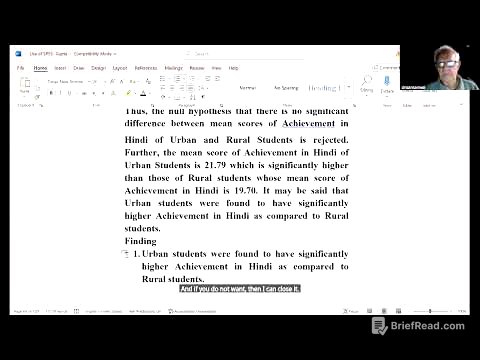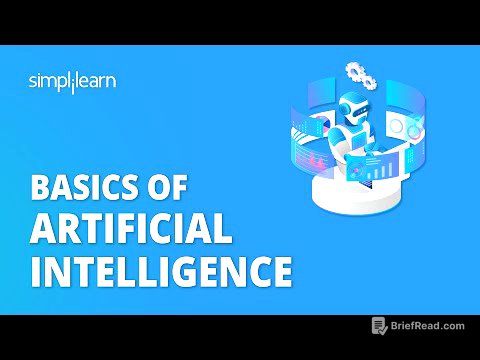TLDR;
Okay ji, so this earnings call for Indigen Limited's Q1 FY26 gives a mixed bag. While there's growth in some areas, there are also challenges like project delays. Key takeaways include:
- No major change in industry outlook, pressure on drug pricing continues.
- Tectonic, Indigen's new offering, is gaining traction with big clients.
- M&A remains a priority with a healthy pipeline.
- Focus on growth and reinvestment in areas like AI and Tectonic.
Opening Remarks and External Trends [0:34]
Manish Gupta starts by talking about external factors affecting the pharma industry. He mentions that US farmer tariffs aren't a big deal for innovators. The FDA's national priority voucher program should speed up drug approvals. Changes to the CDC's immunization advisory committee might slightly hurt the vaccine biz, but nothing major. The "one big beautiful bill act" has some good stuff for pharma, like exemptions for rare disease drugs and tax breaks for R&D. However, there's a projected cut in federal drug spending via Medicaid, which could affect patient access and investment decisions. Innovators need to adopt digital transformation and AI to deal with drug pricing pressures.
Business Performance and Tectonic Introduction [5:51]
Moving on to Indigen's Q1 FY26 performance, revenue is INR 7068 million, up 1.8% in USD and 7% in INR. The USD growth would have been higher, but there was a one-time credit given to a customer. EBITDA is INR 536 million, up 7%. They're introducing Tectonic, which is Indigen's move to get more involved in commercial content creation. It uses marketing, medical, global ops, and AI. Q1 saw progress with paid pilots and full-scale engagements, generating over US$1 million in revenue from two big customers. Tectonic will be part of ECS (Enterprise Commercial Solutions) for reporting purposes.
AI Integration and Segmental Revenues [8:25]
Manish talks about incorporating AI and Cortex into their solutions. Clients are excited about the unique value propositions across medical affairs, regulatory, safety, and commercial areas. Clients are shaping their programs, and AI will play a big role in differentiating Indigen and increasing market share. Enterprise segments (ECS and EMS) grew by 3.3-3.5%. Omni channel activation is now called brand activation. Brand activation saw a decline of 21.6% due to a project going on hold and another project concluding. Other segments grew, but it's not a big part of the overall revenue.
Client Concentration, Deal Wins, and FY26 Priorities [10:56]
The largest customer grew by 4.3%, and Tectonic is generating revenue with them. Top five accounts grew by 6%. Top 20 contributed 76.2% of revenues. Accounts beyond the top 20 are growing faster. Existing accounts contributed 92% of revenue, while new accounts contributed 8%. There were no major issues with operations or revenue. New pipeline growth is good, with two large deals and four smaller deals won. Cash generation is strong, with INR 17280 million in cash and investments. M&A remains a priority with a healthy pipeline. FY26 initiatives focus on improving deal pipeline, Tectonic progress, AI integration, and sales function reorg.
Financial Performance Details [14:32]
Suhas gives more details on the financials. Revenues are up 12.5% year-on-year and 7% sequentially. Growth in USD is 1.8% quarter-on-quarter and 4% in constant currency. The one-time credit to a customer affected revenue. 95% of revenue comes from the US and Europe. North America is over 70%, and Europe is at 27.1%. EBITDA margin is stable at 20.2%. Employee expenses are lower, but subcontracting costs are higher. Other income was negative due to exchange losses. PBT is up 27.1% year-on-year and 1.9% quarter-on-quarter. PAT is up 32.7% year-on-year, but down 1% quarter-on-quarter. The effective tax rate is 23.5%.
Q&A - Omni Channel Activation Decline and Margins [18:24]
Shivani asks about the decline in omni channel activation (brand activation) and the impact on margins. Manish explains it's a brand-by-brand business, so there's more variability. Suhas adds that a brand launch program was deferred due to regulatory hurdles, affecting revenue and margins. Shivani also asks about margin progression with AI investments. Suhas says productivity initiatives offset wage bill hikes, and they expect to sustain around 20% EBITDA margin on a full-year basis.
Q&A - M&A Strategy and PQ vs. YoY [25:50]
Shivani asks about M&A in Europe. Manish says they're looking at acquisitions from a capability perspective, not necessarily focused on any geography. They're seeing more realistic value expectations from companies. Abishek asks why they've shifted to PQ (quarter-on-quarter) instead of YoY (year-on-year). Manish says he still looks at the business more yearly, but shifted because everyone wants to see quarter-on-quarter.
Q&A - Discretionary Spending and Pricing Pressure [29:30]
Abishek asks if clients are hesitant to start large projects due to uncertainty. Manish says their business is not discretionary and sees sea level changes as localized. Naman asks about pricing pressure and competition. Manish says their industry is critical for customers, so they don't see much pressure.
Q&A - Organic Growth and Patent Cycle [33:19]
Naman asks about the split of organic and inorganic growth. Suhas says most of their growth is organic, and inorganic acquisitions are small. Sanket asks how they benefit from the patent cycle. Manish says they have an offering for mature brand categories with an active pipeline.
Q&A - Differentiation and Tectonic Details [36:00]
Sanket asks how they differentiate from other players. Manish explains the differences between Indigen and CSOS (contract sales organizations) and agencies. Naman asks for more details on Tectonic. Manish says it's about moving upstream in content creation, and Suhas adds that technology is a key part of it.
Q&A - Headcount Additions and Operating Leverage [43:53]
Mohammad asks about headcount additions and wage hikes. Suhas says wage hikes are effective July 1, and headcount has remained fairly stable. He also says there's a correlation between headcount growth and revenue, but they don't necessarily grow at the same pace. Mohammad asks about operating leverage. Suhas says they would continue to reinvest incremental dollars.
Q&A - Client Pyramid and Cortex Traction [49:01]
Rohan asks about moving clients up the revenue buckets. Manish says they're progressing well and expects to see a stronger client pyramid in a few quarters. Rohan asks about Cortex traction. Manish says Cortex enables them to quickly incorporate AI into their solutions, and clients are also interested in using Cortex for their internal purposes.
Q&A - Tectonic and Health Services [53:23]
Omar asks how Tectonic complements their current health services. Manish says brand activation is a brand-by-brand business, while Tectonic is technology-enabled and global operations-enabled. Omar asks how they compete with specialized healthcare marketing agencies. Manish says agencies will continue to play a role, but they've been able to consolidate some of the execution work.
Q&A - Growth and Margins [58:24]
Vinit asks if the worst is behind them and if they can accelerate growth. Manish says they feel comfortable and good about where they are and are on the right trajectory. Vinit asks if Tectonic will be more margin accretive. Suhas says there's an opportunity to scale margin disproportionately, but they would look at investment in the near term.
